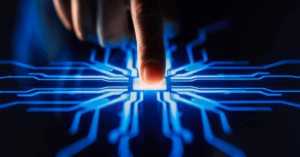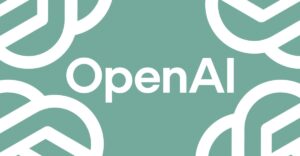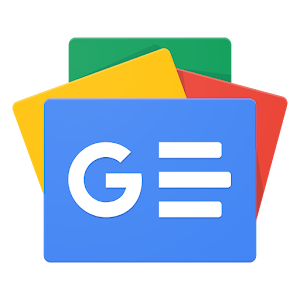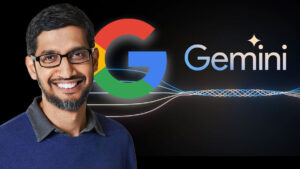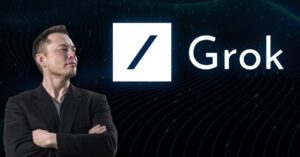The Grok Model, Which Elon Musk Temporarily Set Aside, May Have Outperformed China’s DeepSeek-R1

Grok-3 Outperforms Competitors in AI Advancements
Introduction to Grok-3
Elon Musk’s xAI recently launched Grok-3, their latest and most advanced artificial intelligence (AI) model. This model has made headlines by reportedly surpassing the performance of China’s DeepSeek-R1, OpenAI’s GPT-4, and Google’s Gemini 2. The significance of Grok-3 lies not just in its performance but also in the sheer scale of resources used in its development.
Key Features of Grok-3
- Massive Computational Power: Grok-3 was trained using approximately 200,000 NVIDIA H100 GPUs on xAI’s state-of-the-art supercomputer, Colossus. This represents a significant leap in computational capacity, aiming to push the boundaries of AI performance.
- Proprietary Technology: Unlike DeepSeek-R1, which is open-source, Grok-3 is a proprietary model. This means that its algorithms and training methodologies are exclusive to xAI, allowing for a strategic advantage in the competitive landscape of AI development.
Comparing Grok-3 and DeepSeek-R1
Performance Metrics
Grok-3’s remarkable capabilities have been verified against various benchmarks, and while it slightly outperforms DeepSeek-R1, the latter has adopted a different approach to achieve its efficiency.
- DeepSeek-R1’s Training Methodology: Trained on approximately 2,000 NVIDIA H800 GPUs, DeepSeek-R1 uses innovative methodologies like Mixture-of-Experts (MoE) and reinforcement learning for reasoning. These techniques allow it to perform at a level that competes with Grok-3, but with significantly fewer resources.
Insights from Industry Experts
According to Counterpoint Research, there are a few notable distinctions between the two models:
- Efficiency vs. Scale: Grok-3’s development exemplifies a brute-force strategy that emphasizes resource allocation, while DeepSeek-R1 highlights the effectiveness of algorithmic ingenuity. DeepSeek-R1’s approach shows how high performance can be achieved with a minimal hardware setup, contrary to Grok-3’s expansive computational approach.
- Diminishing Returns: The massive scale provided by Grok-3 results in only marginal performance improvements. As noted, increasing GPU resources can result in diminishing returns, meaning that real-world applications may not see significant benefits from the extra computational power that Grok-3 utilizes.
Implications for the AI Landscape
The competition between these two models represents a broader trend in AI development, where efficiency and innovative methods can rival the brute-force computational strategies used by wealthier firms. This offers a glimpse into the future of AI technology, where clever architecture and curated data play an important role in model performance.
Advantages of Grok-3
- High-Performance Metrics: Offers advanced capabilities in language understanding and reasoning.
- Comprehensive Training: Leveraged a larger database for training, potentially resulting in a more generalized understanding of language.
- Financial Backing: The resources dedicated to Grok-3 reflect its development as a commercially sustainable model for high-stakes applications.
Advantages of DeepSeek-R1
- Cost-Effective Performance: Achieves competitive results with a fraction of the hardware, making it accessible for a wider range of applications and developers.
- Innovation in Training Methods: Utilizes advanced techniques that may become industry standards, influencing future AI models regardless of their scale.
Future Directions in AI Development
With advancements like Grok-3 leading the charge in computationally heavy approaches while DeepSeek-R1 showcases efficiency, the future of AI will likely see a blend of both methodologies. Companies may choose paths that align with their specific needs and funding capabilities, driving a diverse ecosystem of AI innovation.
The evolving capabilities of these AI models highlight the dynamic nature of technology and the importance of both innovation and resourcefulness in this competitive field.

